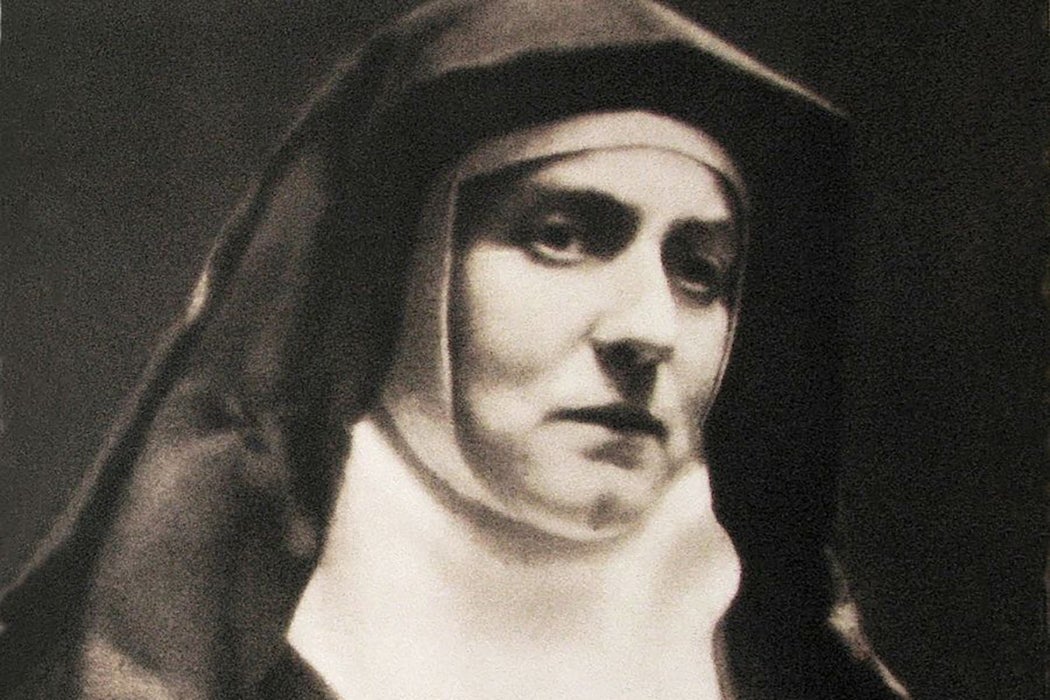In 1998, Pope John Paul II made one of his most contentious canonizations, elevating a German woman named Edith Stein to the status of saint. Olivia M. Espín explains how this Jewish woman became a Catholic saint.
Born in Breslau, Germany in 1891 (the city is now part of Poland), Stein was a boundary breaker long before she was a saint. The second woman to earn a degree in philosophy from a German university, she insisted on a university position and parity with men at a time when few women were allowed academic jobs. Stein fought for and received a critical government ruling that allowed her to teach as a faculty member in German universities, setting the stage for other women in academia.
Her interest in religious philosophy led to her conversion to Catholicism in 1922, and she became a well-known feminist Catholic figure during the 1920s. But Stein refused to leave her Jewish heritage behind, embracing the struggles of the Jewish people as her own. When Hitler came to power in 1933, she requested an audience with Pope Pius XI in the hopes of convincing him that Nazism was evil. When it was denied, she wrote to him instead, begging him to condemn Hitler. Pius—who later agreed to a controversial accord with the Nazi regime—did not answer.
Meanwhile, Stein learned that her conversion to Catholicism did not affect how she was viewed in Nazi Germany. After she was fired from her university job, she became a nun. “Her entry into a convent must have felt like an act of treachery,” writes Espín, especially as her family scrambled for safety in an increasingly dangerous environment.
But Stein was still not safe from the Nazis. She moved to a monastery in the Netherlands in an attempt to escape, but when Catholic bishops condemned the deportations of Jews in a 1942 letter read aloud in all churches, furious Nazis decided to attack “Catholic Jews” and arrested all non-Aryan Catholic religious. Stein was arrested by the SS on August 2, 1942, along with her sister. Both were murdered in the gas chambers of Auschwitz.
According to Espín, Stein didn’t see any real opposition between Catholicism and Judaism. Perhaps that is why her beatification and canonization as a martyr was so confusing to both Jews and Catholics. Only one other victim of Auschwitz, St. Maximilian Marie Kolbe, was declared a saint, and he was born Catholic. But perhaps it’s time instead to focus on Stein’s own pioneering life—one that found similarities within differing religious identities and placed the demands of social justice first.







